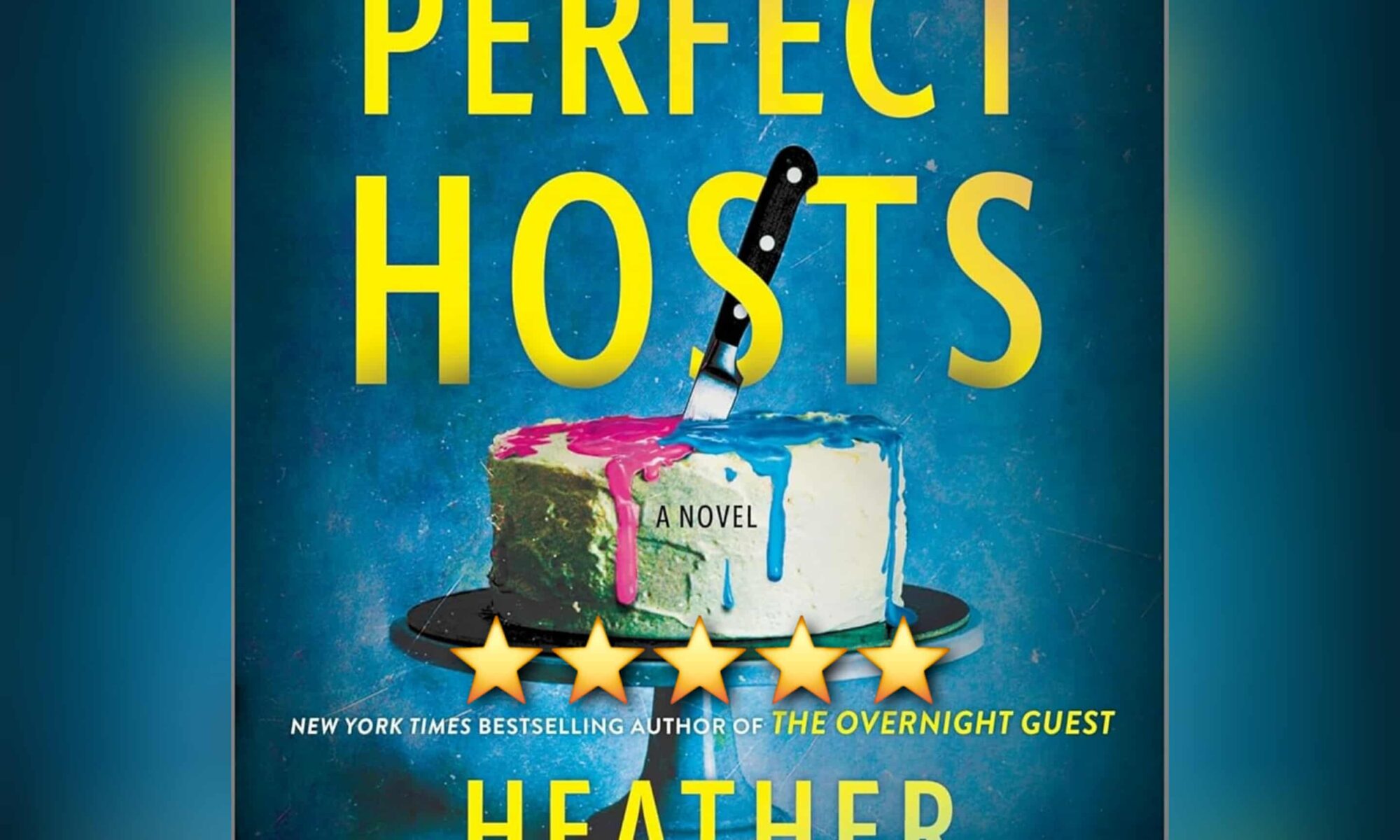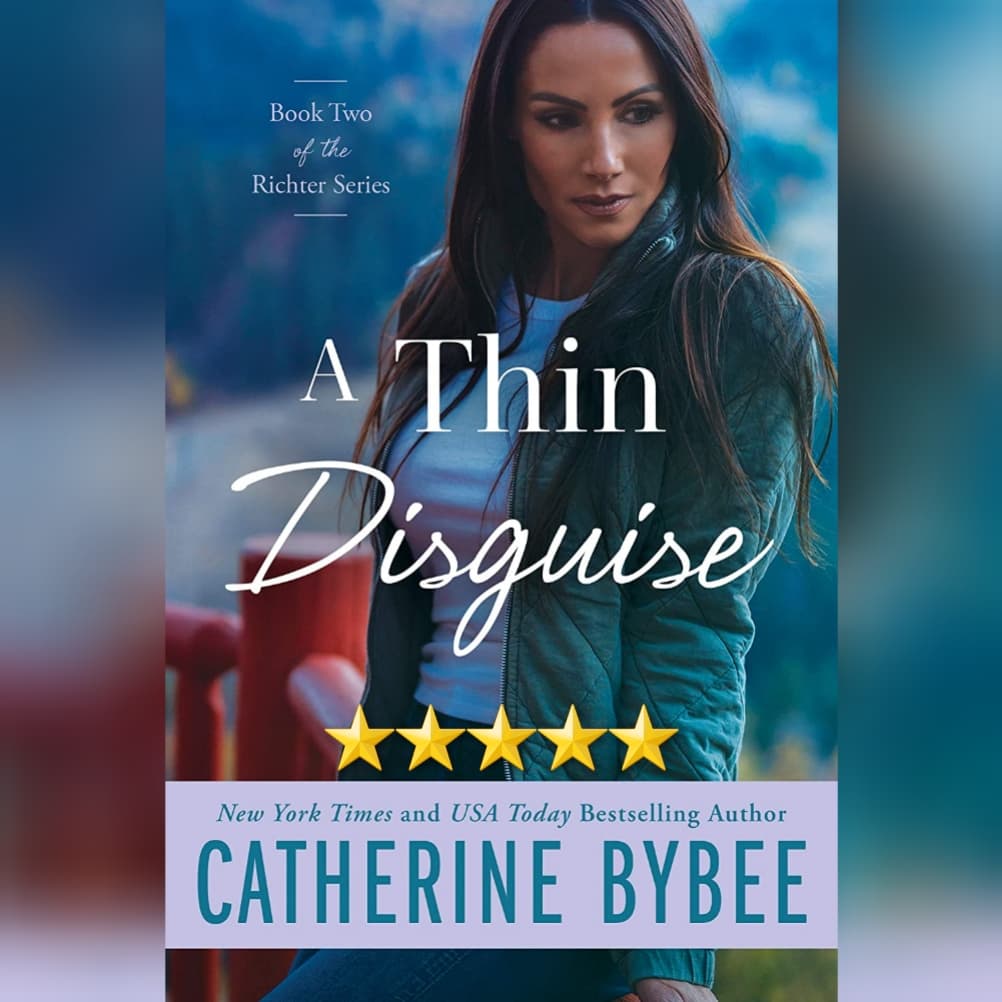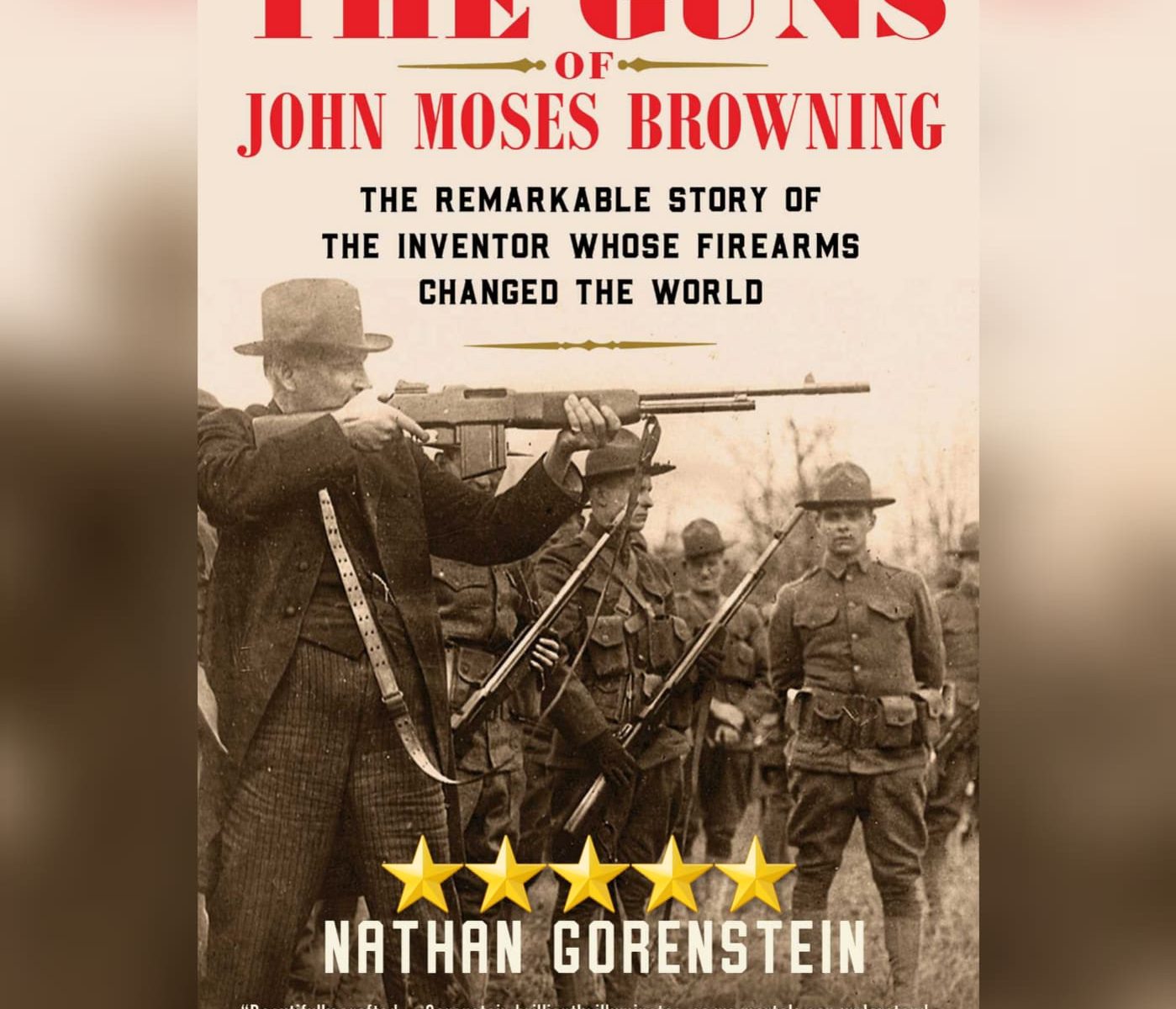For this blog tour, we’re looking at a solid tale in its genre that has a bit of a chaotic and potentially controversial opening. For this blog tour, we’re looking at The Perfect Hosts by Heather Gudenkauf.
First, the review I posted to the book sites (BookBub.com / BookHype.com / Goodreads.com / TheStoryGraph.com) and YouTube:
Don’t Let Your Opinions Of Over The Top Gender Reveals, Guns, or Multi-Perspective Stories Fool You – This Is A Solid Book. Seriously, this is one of those books where the *opening scene* has a lot of ick for a lot of people – me included, to an extent. Indeed, I delayed reading this book for a week in part because of the very inciting incident literally listed in the first sentence of the description as of publication day earlier this week as I write this review. (Yes, I’ve had it as an Advance Review Copy for months and yes, I’m officially running behind. Apologies.)
You see, while I have exactly *zero* problems with guns and enjoy a good Tannerite explosion from time to time (on video, never experienced one in person), the over the top gender reveal and thus making a pregnancy a central point of this story… that was the ick for me.
And I was wrong.
Yes, the opening scene is complex and more than a bit confusing and perhaps even accurately labeled as hard to follow.
But the story opens up from there and becomes much easier to understand, even as it revolves around small town and family secrets and decades long mysteries all coming to a head.
Gudenkauf creates here a truly layered story with many things going on at the same time, in the mold of some of the best soap operas – and yet with a fair degree more danger involved.
Overall truly a fun book once one gets beyond the chaotic opening scene, one that plays very well within genre norms without really pushing the boundaries too hard. In other words, a perfectly comfortable read for genre fans that works well enough for those looking to see whether they enjoy this genre.
Very much recommended.
After the jump, an excerpt from the book followed by the “publisher details” – book info, description, author bio, social links, and buy links.
Continue reading “#BlogTour: The Perfect Hosts by Heather Gudenkauf”






